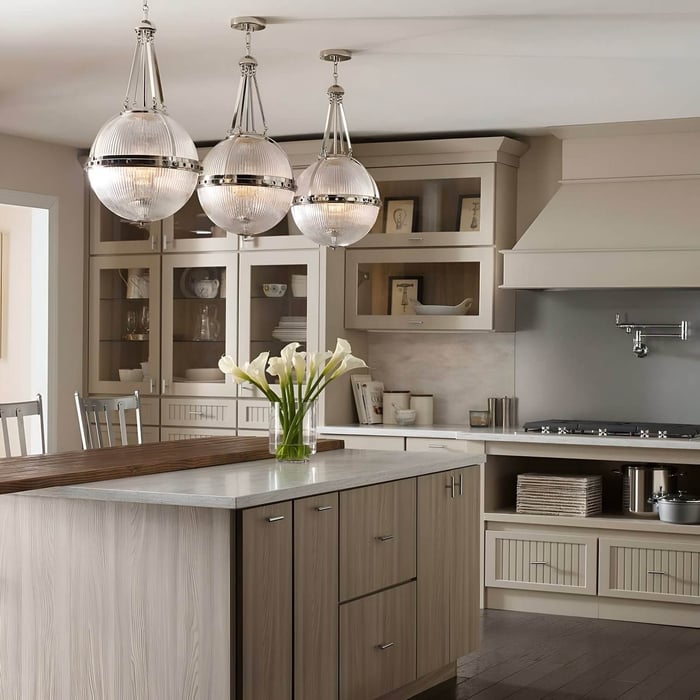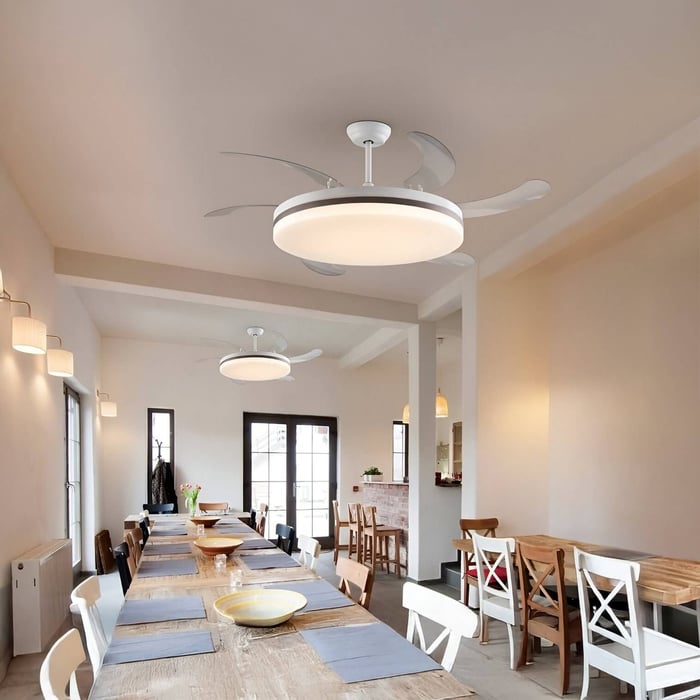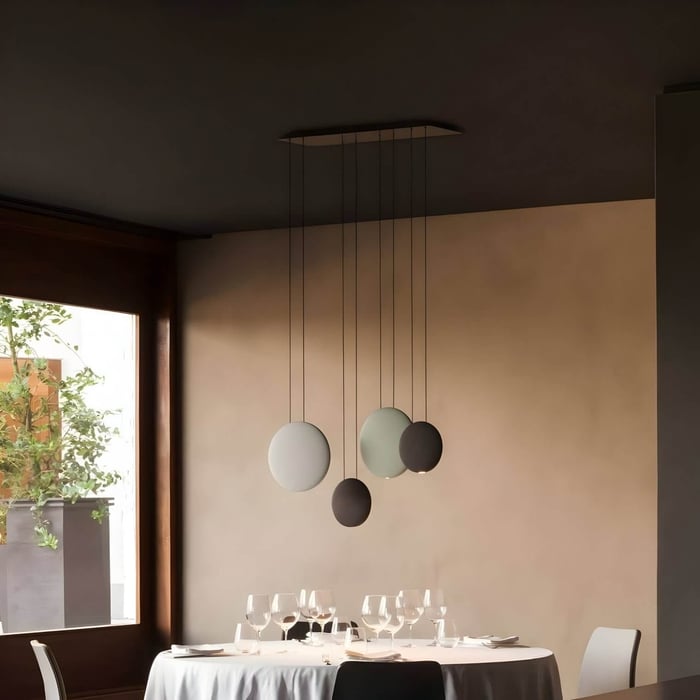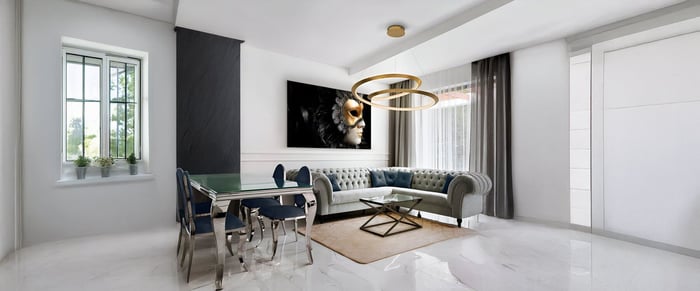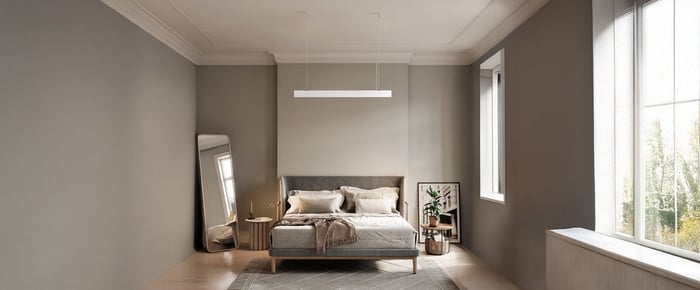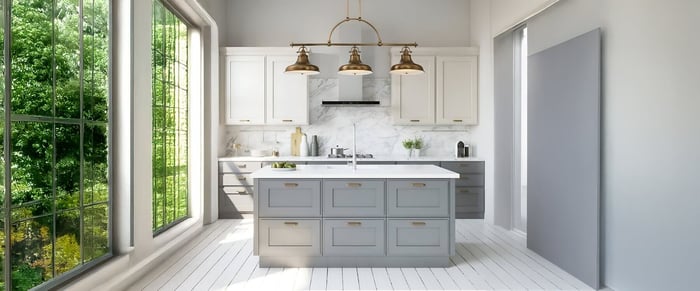Introduction
Dining rooms are meant to be warm, welcoming spaces, whether you’re hosting a dinner party or enjoying a quiet meal at home. But if your dining room lights are off, the entire mood can feel dull, sterile, or even uncomfortable. Harsh glares, dim corners, cold hues, or outdated fixtures are common issues that leave dining rooms falling flat.
If you’ve found yourself squinting at your plate or feeling like your space lacks character, your dining room lights might be to blame. The good news? You don’t need a complete renovation to transform the atmosphere. A few strategic upgrades, like installing the right chandeliers, pendant lights, or spotlights, can bring life back to the room.
Here are five of the most common dining room lighting problems, and smart, practical fixes that actually work.
Problem 1: Dining Room Lights Are Too Dark or Dull
It’s a familiar complaint: the room looks moody when it should feel inviting. Often, this happens because there’s just one overhead bulb, or the light fixture doesn’t provide enough lumens for the size of the room.
Fix: Use Layered Lighting with Pendant Lights or Spotlights
To brighten up a dark dining area, start by upgrading your dining room lights with a layered approach. Combine ambient, task, and accent lighting to balance overall brightness and depth.
Pendant lights centered over the dining table offer targeted light and visual focus. For rectangular tables, a row of pendants or a wide linear fixture works well.
Add spotlights or recessed lighting in the ceiling corners to eliminate shadows and provide ambient light across the room.
Incorporate wall-mounted fixtures or picture lights for additional warmth and visual interest.
Even in smaller rooms, layering a pendant with compact spotlights can dramatically improve visibility and atmosphere.
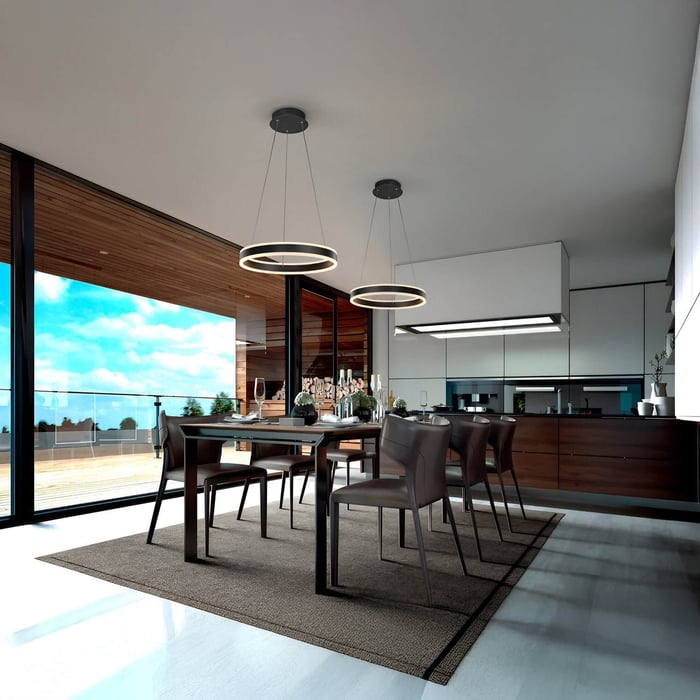
Problem 2: Lighting Is Too Harsh or Cold
Bright, blue-toned lighting might work in a bathroom or kitchen, but in the dining room, it can feel clinical. Overly harsh light flattens textures, distorts colors, and kills the cozy atmosphere needed for dining.
Fix: Switch to Warm LEDs and Dimmable Chandeliers
Modern dining room lights should support mood control. Start by replacing any cool white bulbs (above 4000K) with warm white LEDs in the 2700K–3000K range. These create a soft, flattering glow ideal for evening meals and entertaining.
Pair this with a chandelier on a dimmer switch to modulate light levels based on time of day or activity. A multi-arm chandelier with shaded bulbs or frosted glass diffusers will distribute light evenly without glare.
Don’t overlook the power of a dimmer, it’s one of the easiest upgrades and gives you full control over mood and intensity.
Problem 3: The Fixture Doesn’t Fit the Table or Room
A fixture that’s too small gets lost above the table, while one that’s too large overwhelms the space. Proportion is critical when choosing dining room lights, yet it’s often misjudged.
Fix: Scale Lighting to the Table Size with Pendant Lights or Ceiling Fan Lights
Start with this rule of thumb: the width of your light fixture should be about one-half to two-thirds the width of your dining table. For rooms with lower ceilings, consider flush or ceiling fan lights with built-in illumination to save space while maintaining airflow and function.
For round tables, a single pendant light or compact chandelier works beautifully.
For long tables, try a linear pendant or dual fixtures spaced evenly over the surface.
Ceiling fans with integrated lights work well in multipurpose dining rooms or open-plan spaces, offering light and ventilation in one fixture.
Proper scale enhances balance and avoids a cluttered or underwhelming visual effect.
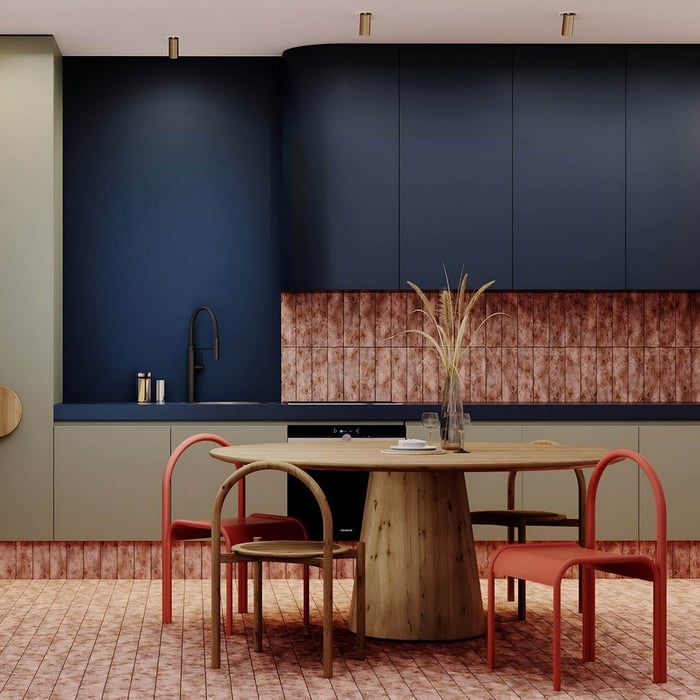
Problem 4: There’s No Flexibility in Lighting Control
Rigid lighting setups can limit the functionality of your space. If your dining room lights are either "on" or "off" with no in-between, you lose the ability to shift the mood for different occasions.
Fix: Layer Dimming Zones and Add Smart Controls
Divide your lighting into zones:
One switch for your pendant lights or chandelier over the table.
Another for ambient lights such as spotlights or ceiling fixtures.
A third for accent lighting, like wall sconces, under-shelf lighting, or cabinet LEDs.
Use smart dimmers or app-controlled bulbs to customize each layer. This allows you to create soft lighting for a dinner party or full brightness for family game night, all without rewiring.
Integrating smart controls not only adds flexibility but also enhances energy efficiency and user experience.
Problem 5: The Lighting Looks Outdated or Inconsistent
If your lighting hasn’t been updated in a decade or more, chances are it clashes with your current decor, or worse, it’s dragging down the entire space. Fixtures from different eras or clashing finishes can make a dining room feel chaotic.
Fix: Refresh the Room with a Cohesive Fixture Plan
A simple update to your dining room lights can pull the whole room together. Replace outdated fixtures with cohesive options in complementary finishes, think matte black, brushed gold, or antique bronze.
Use a chandelier or pendant light as your central design anchor.
Choose spotlights or wall fixtures with similar detailing or materials to reinforce the aesthetic.
Replace older ceiling fan lights with streamlined modern alternatives that blend function and style.
This visual consistency helps the room feel curated, intentional, and contemporary, without needing a full remodel.
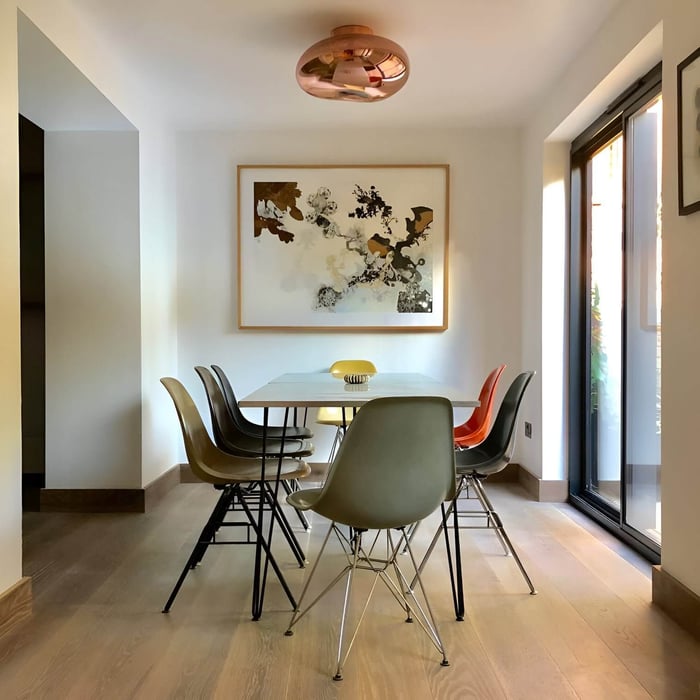
Conclusion
When your dining room lighting isn’t working, it affects more than just visibility, it impacts mood, comfort, and how you use the space. Whether your lighting feels too dim, too cold, or simply outdated, thoughtful upgrades can make a world of difference.
Let’s recap the five most common dining lighting issues and their fixes:
Too dark or dull? Layer ambient, task, and accent lighting using pendant lights and spotlights.
Too harsh or cold? Switch to warm dimmable bulbs and a shaded chandelier.
Wrong size fixture? Scale it to your table using guidelines or try ceiling fan lights for multipurpose needs.
No control over mood? Add smart dimmers and divide lighting into zones.
Outdated look? Create a unified plan with coordinated fixtures and materials.
Explore our curated collection of dining room lights, from statement chandeliers to minimalist pendant lights, to find the perfect fit for your space.


